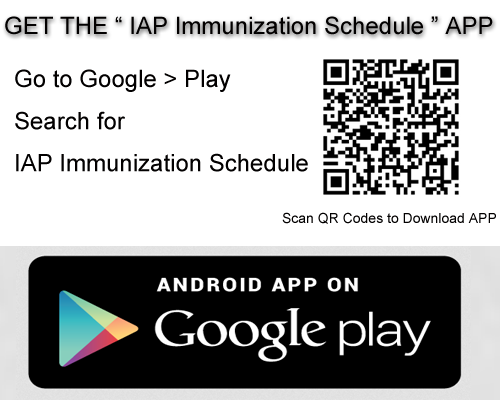What is diphtheria?
Diphtheria is a serious disease caused by a toxin (poison) made by bacteria. It causes a thick coating in the back of the nose or throat that makes it hard to breathe or swallow. It can be deadly. Diphtheria causes a thick covering in the back of the throat. It can lead to breathing problems, paralysis, heart failure, and even death. There are several combination vaccines used to prevent diphtheria: DTaP, Tdap, DT, and Td.
What are the symptoms of diphtheria?
Diphtheria starts with sore throat, mild fever (101 degrees or less), and chills. Next, the diphtheria toxin makes a thick coating on the back of the nose or throat. It may be white or grayish. The coating makes it hard to breathe or swallow.
Is it serious?
The coating on the throat can get so thick that it blocks the airway, so the person cant breathe.
The diphtheria toxin can affect the heart, causing abnormal heart rhythms and even heart failure. It can also affect the nerves and lead to paralysis (unable to move parts of the body).
About 1 out of 10 people who get diphtheria dies. In children younger than 5 years, as many as 1 out of 5 children who get diphtheria dies.
How does diphtheria spread?
Diphtheria spreads when an infected person coughs or sneezes. A person can spread the disease for up to 2 weeks after infection.
Vaccine Information
Diphtheria, Tetanus, and Pertussis Vaccines
There are four combination vaccines used to prevent diphtheria, tetanus and pertussis: DTaP, Tdap, DT, and Td. Two of these (DTaP and DT) are given to children younger than 7 years of age, and two (Tdap and Td) are given to older children and adults.
Children should get 5 doses of DTaP, one dose at each of the following ages: 2, 4, 6, and 15-18 months and 4-6 years. DT does not contain pertussis, and is used as a substitute for DTaP for children who cannot tolerate pertussis vaccine.
Td is a tetanus-diphtheria vaccine given to adolescents and adults as a booster shot every 10 years, or after an exposure to tetanus under some circumstances. Tdap is similar to Td but also containing protection against pertussis. Adolescents 11-18 years of age (preferably at age 11-12 years) and adults 19 through 64 years of age should receive a single dose of Tdap. For adults 65 and older who have close contact with an infant and have not previously received Tdap, one dose should be received. Tdap should also be given to 7-10 year olds who are not fully immunized against pertussis. Tdap can be given no matter when Td was last received.
(Upper-case letters in these abbreviations denote full-strength doses of diphtheria (D) and tetanus (T) toxoids and pertussis (P) vaccine. Lower-case "d" and "p" denote reduced doses of diphtheria and pertussis used in the adolescent/adult-formulations. The "a" in DTaP and Tdap stands for "acellular," meaning that the pertussis component contains only a part of the pertussis organism.)
Sources:
- Diphtheria and the Vaccine (Shot) to Prevent. Available from: It www.cdc.gov
- IAP Guidebook on Immunization 2013-14. Available from: www.iapindia.org
Last Updated : 10/01/2020
© Copyright 2015, All Rights Reserved by ACVIP. Powered by: ITindustries.com







